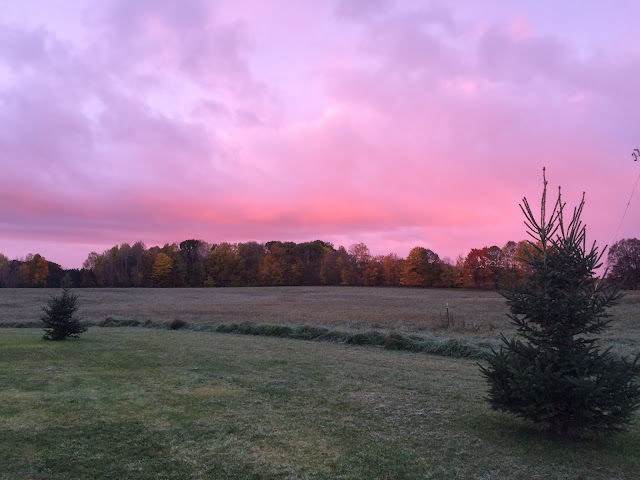 |
| Meet Dolores and Winifred! Names compliments of Hannah. |
Yes it's true. We now have chickens. Thank you to Joe! These two chickens are Isa Browns. That's about the extent of my chicken knowledge. Sad but true. What I do know is that I'm excited for my first eggs from the girls! Dolores is a smidge larger and darker, I think.
 |
| Nesting crates. |
As you can see I went all out in providing them with luxury nesting crates. I also gave them a top of the line roosting perch!
 |
| A little left over lumber and some dead branches and voila! |
 |
| Hanging feeder. |
















